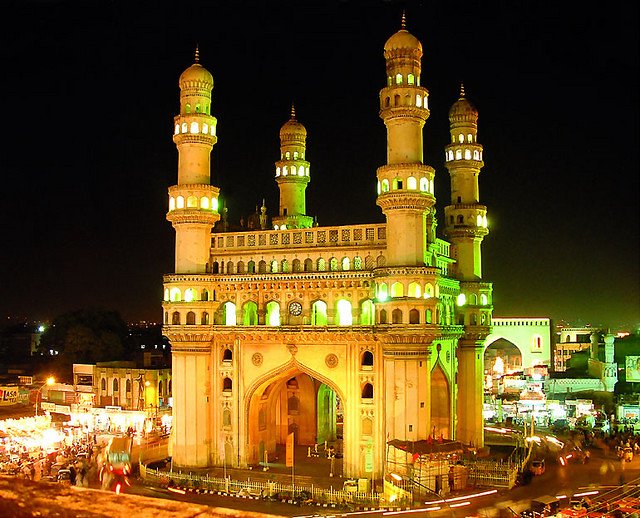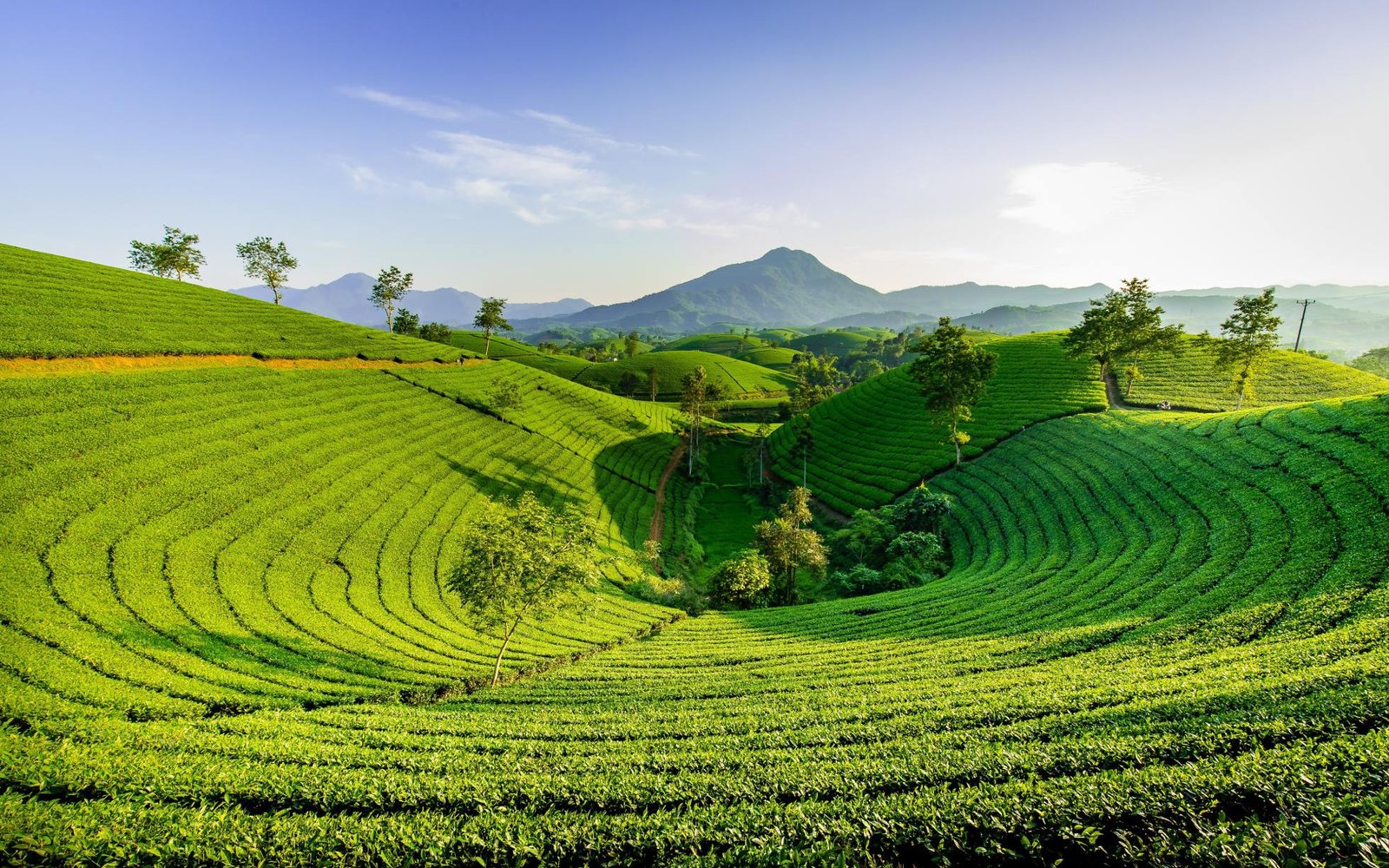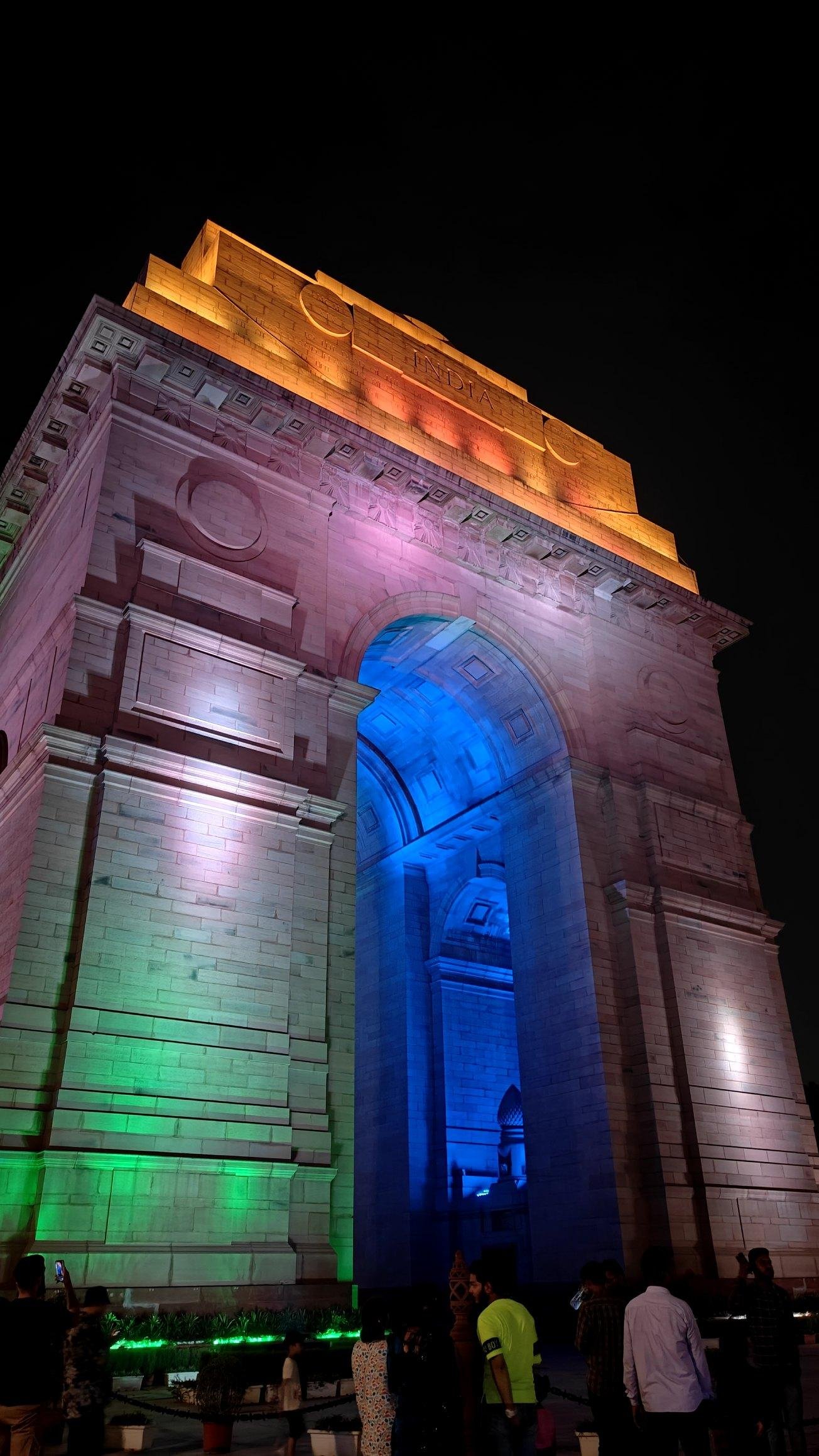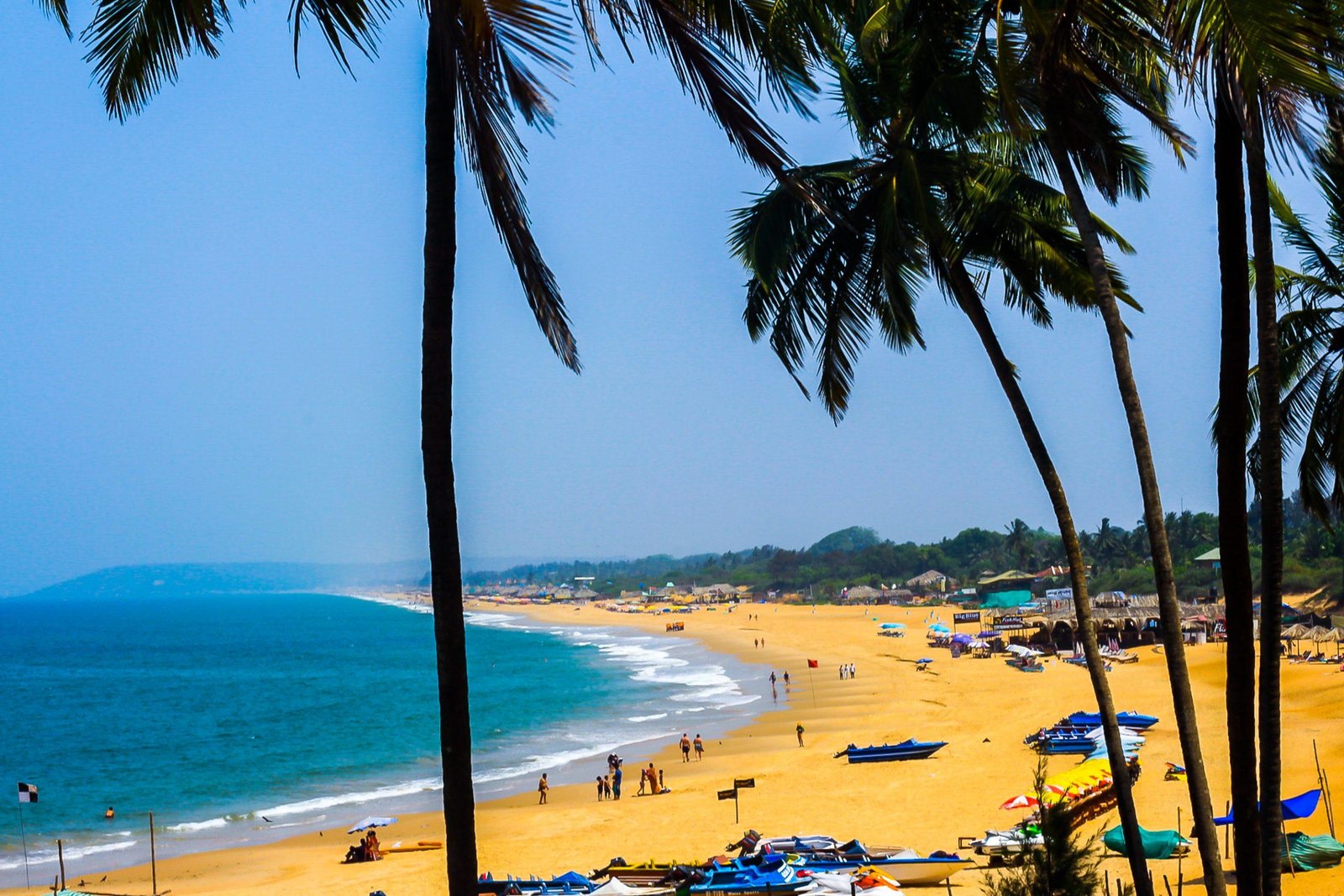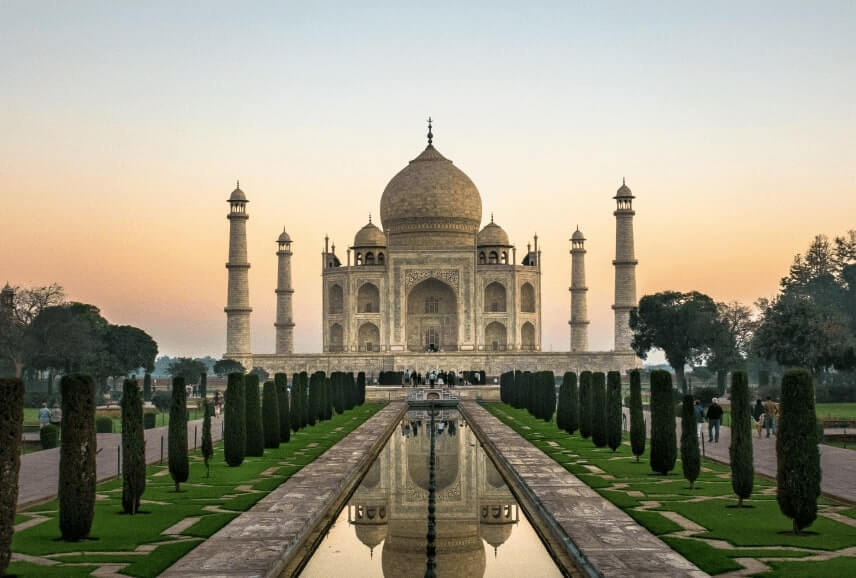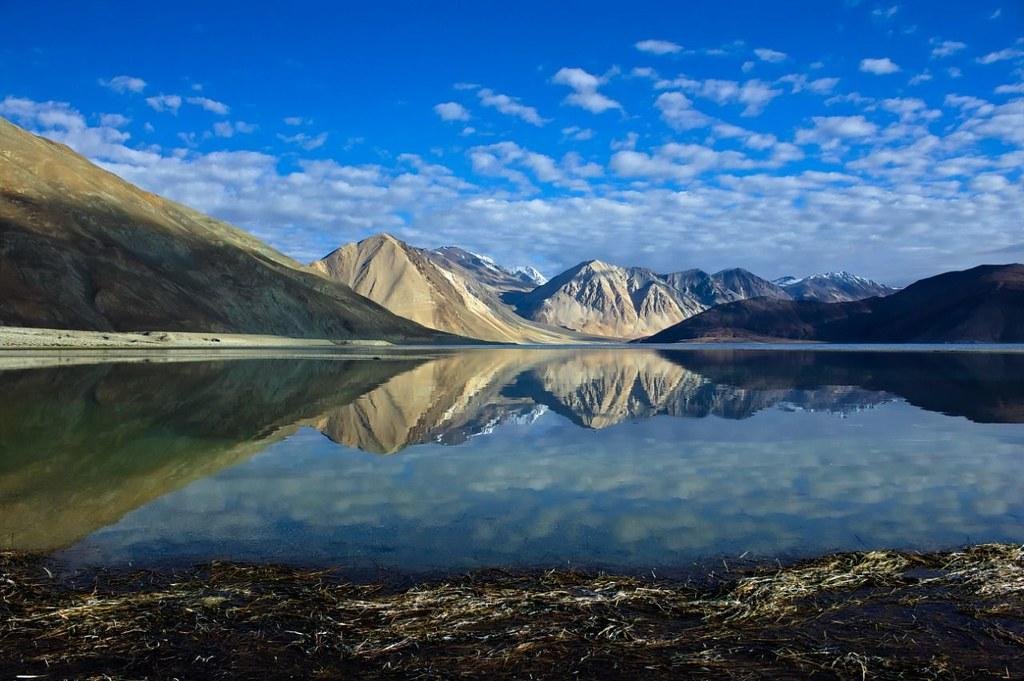With its roots in Sanskrit, the word ayurveda is from ayu (life) and Veda (knowledge): the knowledge or science of life. Principles of Ayurvedic medicine were first documented in the Vedas some 2000 years ago but may have been practiced centuries earlier. Ayurveda sees the world as having an intrinsic order and balance. It argues that we possess three doshas (humor): Vata (wind or air); pitta (fire); and Kapha (water/earth), known together as the tridoshas. Deficiency or excess in any of them can result in disease: an excess of Vata may result in dizziness and debility: an increase in pitta may lead to fever, inflammation, and infection. Kapha is essential for hydration. Ayurvedic treatment aims to restore balance, and hence good health, principally through two methods: panchakarma (internal purification), and herbal massage. Panchakarma is used to treat serious ailments and is an intense detox regime, a combination of five types of different therapies to rid the body of built-up endotoxins. These include: vaman – therapeutic vomiting: virechan – purgation: vastienemas: Nasya – elimination of toxins through the nose; and raktamoksha – detoxification of the blood. Before panchakarma begins, the body is first prepared over several days with a special diet, oil massages (snehana), and herbal steam baths (swedana). Although it may sound pretty grim, panchakarma purification might only use a few of these treatments at a time, with therapies like bloodletting and leeches only used in rare cases. Still, this is no spa holiday. The herbs used in ayurveda grow in abundance in Kerala’s humid climate- the monsoon is thought to be the best time of year for treatment, when there is less dust in the air, the pores are open and the body is most receptive to treatment – and every village has its own ayurvedic pharmacy.
